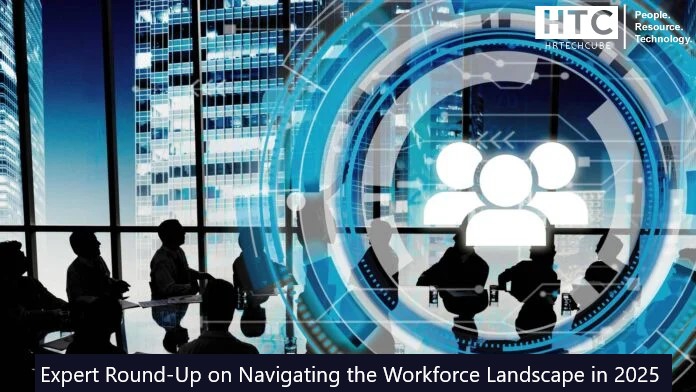As we look ahead to 2025, the workforce landscape is on the brink of significant transformation. The combination of emerging technologies, shifting employee expectations, and new organizational structures is creating an evolving work environment. To provide insight into this dynamic future, experts from various industries share their perspectives on navigating the workforce, offering predictions and advice on how organizations can prepare for the upcoming changes.
Table of Contents
- Introduction
- The Role of Technology in Shaping the Workforce
- Employee Experience and Well-Being in 2025
- The Impact of Artificial Intelligence on Talent Acquisition
- Changing Work Models and Flexibility
- Skills Development for the Future Workforce
- Conclusion
Introduction
The workforce of 2025 will be shaped by several pivotal factors, including technological advancements, automation, and evolving workplace cultures. According to industry experts, businesses will need to adapt quickly to ensure they stay competitive and align with the needs of a modern workforce. Understanding the workforce landscape in 2025 is critical for organizations seeking to maintain a thriving work environment. In this article, we bring together insights from leaders in HR, technology, and organizational management to provide a comprehensive round-up of strategies for navigating these changes.
1. The Role of Technology in Shaping the Workforce
Technology has been one of the most significant drivers of change in the workforce, and by 2025, its influence will be even more pronounced. From automation to artificial intelligence (AI), technology is revolutionizing how tasks are performed and how employees interact with their roles. Experts emphasize the need for organizations to adopt tools that enhance productivity while also fostering innovation. AI, for instance, can help streamline recruitment processes, but businesses must balance this with the human element to ensure a personalized experience.
2. Employee Experience and Well-Being in 2025
The future of work is not just about what technologies are being used but also how employees feel about their work environment. Employee well-being and engagement will continue to be a top priority for organizations. In 2025, businesses will increasingly focus on creating environments that support both professional and personal growth. Experts predict that offering flexible work arrangements, promoting mental health initiatives, and integrating purpose-driven work will help attract and retain talent in a competitive job market.
3. The Impact of Artificial Intelligence on Talent Acquisition
AI is transforming how organizations recruit and hire talent. By 2025, AI-driven tools will become even more sophisticated in assessing candidate qualifications, matching them to job descriptions, and predicting future performance. However, experts caution that over-reliance on AI for talent acquisition could lead to biases if not properly monitored. The key will be to leverage AI in a way that enhances the recruitment process while maintaining fairness and inclusivity.
4. Changing Work Models and Flexibility
The traditional 9-to-5 work model is rapidly becoming a thing of the past. In 2025, flexible work arrangements, including remote work and hybrid models, will become more widespread. Experts predict that businesses will continue to embrace these models, driven by employee demand for better work-life balance. While some sectors may struggle with this shift, companies that can offer greater flexibility will be in a stronger position to attract top talent.
5. Skills Development for the Future Workforce
As technology continues to advance, there will be a growing need for workers to develop new skills, particularly in areas like data analysis, programming, and digital literacy. By 2025, organizations will need to prioritize ongoing learning and development to ensure their teams stay ahead of the curve. Experts suggest that businesses invest in upskilling programs and create opportunities for employees to grow within their roles. This commitment to skill development will help bridge the talent gap and ensure the workforce remains adaptable to new challenges.
For More Info: https://hrtechcube.com/workforce-landscape-in-2025/
Conclusion
The workforce landscape in 2025 is bound to be marked by significant advancements in technology, shifting work models, and an increased focus on employee well-being. Organizations must be proactive in adopting new technologies while fostering a workplace culture that values flexibility and continuous learning. As the work environment continues to evolve, staying ahead of these trends will be critical for businesses looking to thrive in the future.
By integrating expert advice and adapting to the evolving needs of the workforce, companies can successfully navigate the changes ahead and build a more resilient, productive, and engaged workforce.




